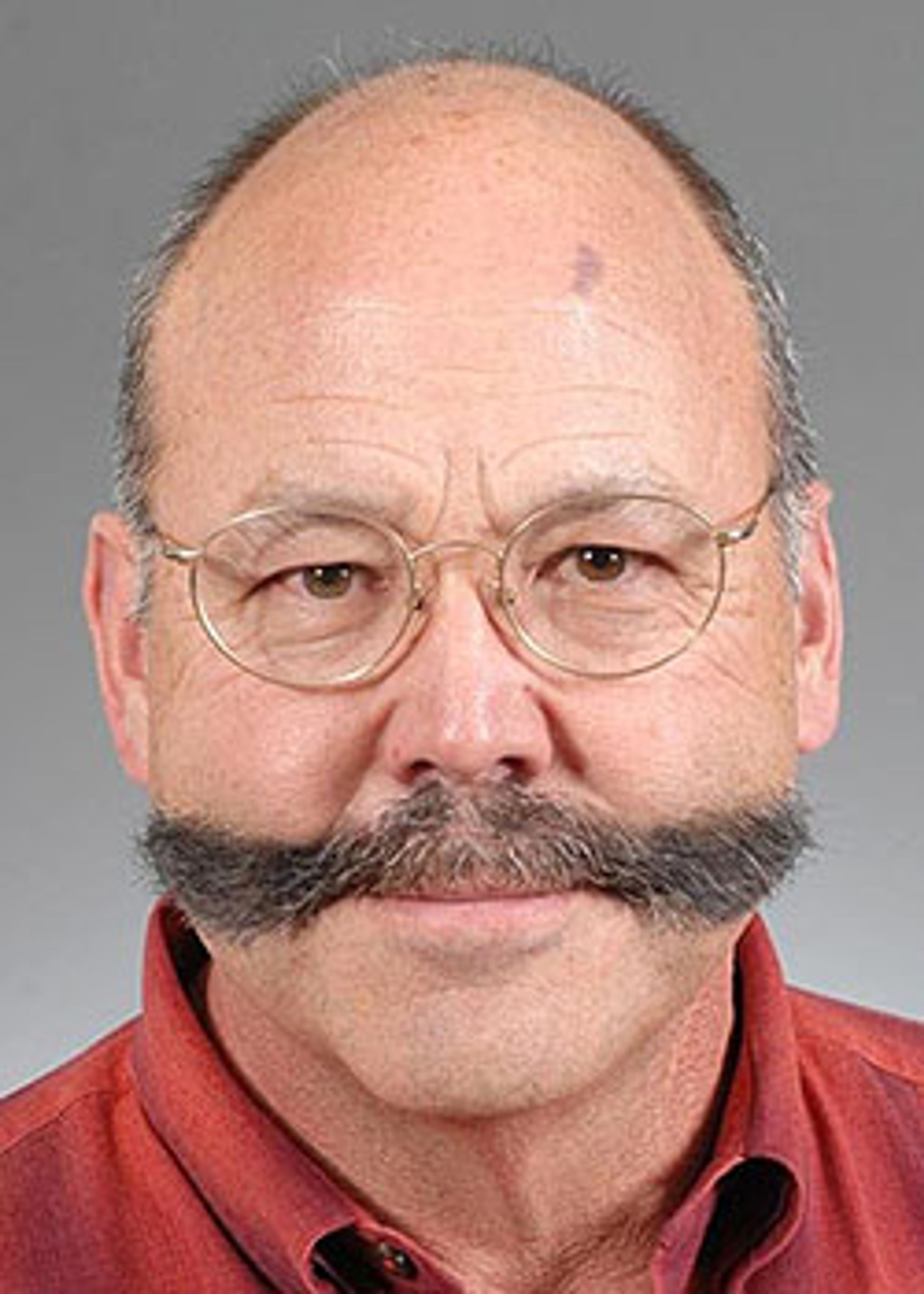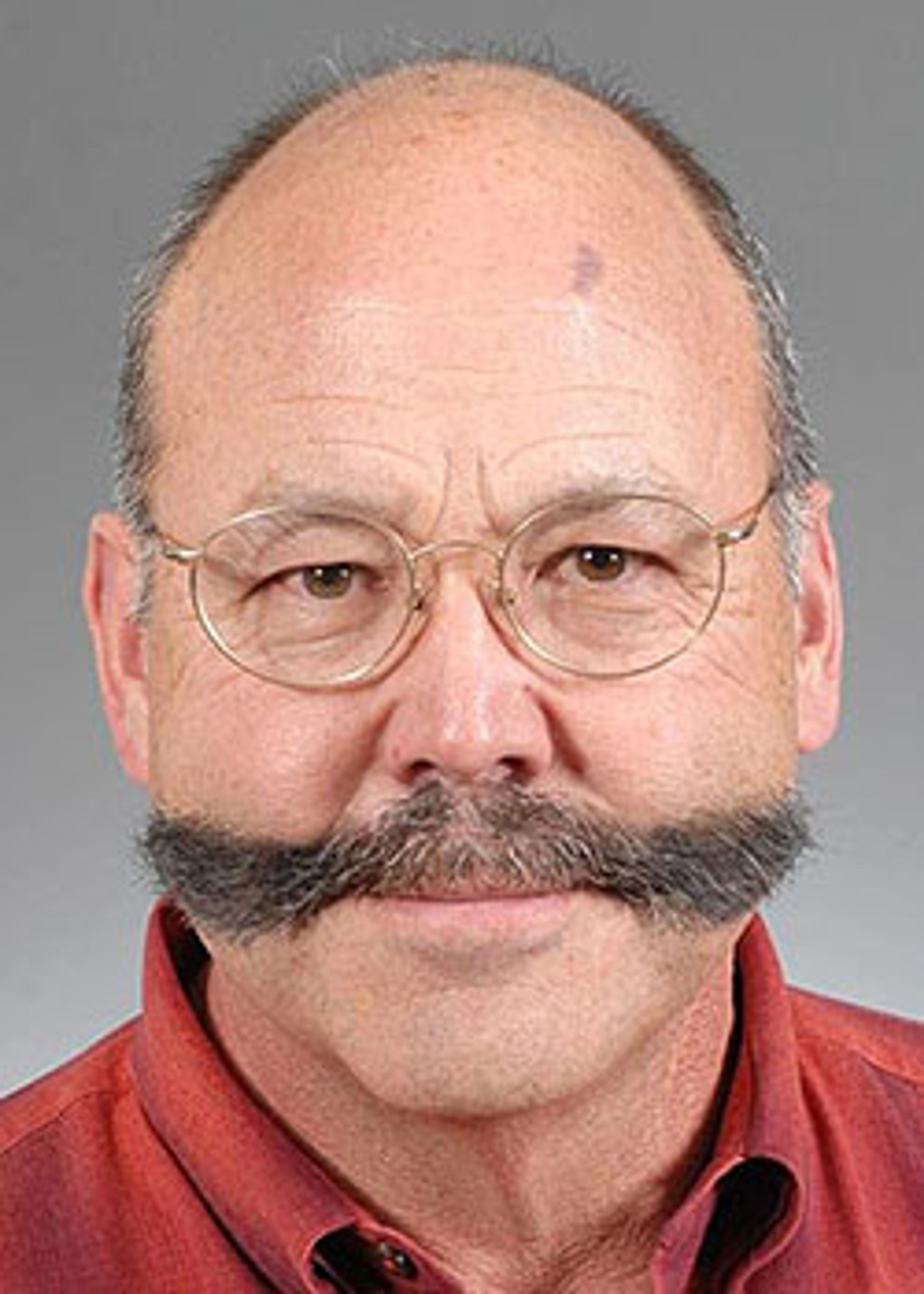It seems humans reserve a large portion of their creative thoughts for expression in things they name, like boats, kids and dogs.
The best boat name I ever saw was on a 40-foot catamaran my wife and I chartered aboard in Bridgetown, Barbados. On the stern in capital letters was “TIAMI.”
Being familiar with both Miami and the Tamiami trail that crosses the Everglades, I thought it must be some derivation of that. After all, Tamiami is a contrivance of the city fathers in Tampa and Miami who combined the two names to make one and signify that with some imagination that the two cities are connected.
Boy, was I overthinking all that. When I asked our captain where the name came from, he rolled his eyes behind his bot-fly green sunglasses and answered the question for the several-thousandth time.
“It’s an acronym for, ‘This is a major investment,’ ” he said.
Earlier this year I ran across a PDF online that actually was an examination and critique of a 15th century British manuscript titled, “The Names of All Manner of Hounds.” History researcher David Scott-Macnab dug out and reworked the manuscript and published it as an academic paper back in 2013. Scott-Macnab is in the Department of English, University of Johannesburg, South Africa.
The 30-page paper is well-written and organized. Beware though: One will be better off if he or she knows some of the romance languages, as I do not have much proficiency there. At the same time, I am certainly aware of people combining their familiar language or profession to make a name.
For example, I doubt anyone knows just how many dogs in southern Louisiana’s Cajun Country are named, Fideaux or Phideaux. On the boating side there are names like, The Codfather, Fishin’ Impossible and Baits Motel. People in 15th century Europe were no less creative and, in some cases, more so.
Scott-Macnab’s paper provides 1,065 names for hunting dogs (running hounds, terriers and greyhounds). It is somewhat important to know what type of hunting was most popular at that time. It was what we would call coursing.
Coursing is the human-directed pursuit of game or other animals by dogs, mostly sighthounds. The dogs catch their prey by speed and keen sight. So popular was coursing, some of the wealthy people owned kennels of 1,500 to 1,600 dogs.
Etiquette of our day dictates that one never calls a hound a dog. Also, the easiest way I’ve found to read Old English is to just sound it out.
Among the most popular names in the 15th Century were Birdismowthe, Boye and Bragger. Consider too, Brawlere, Cheerful and Chopper. Not too different than what we name dogs, so far.
Then there are those that perhaps are reminders of other activities such as Creper, Harlot, Daliawnce, Druggerman and Forgere. Or how about the more direct names: Flower, Flame, Fithe and Dedde?
Some were named after their preferred prey like Ermyne, Foxe, Kilbucke and Fawne. Other names give some insight into the dog’s good or bad behavior afield such as Lusty, Letego, Happy, Cachefaste, Go-Bifore, Go-Byhynde, Tarynot, Stepfaste, Triper, Carles, Bade, Brayneles, Nobull and Gripe.
Names such as Baby, Bragger, Achilles, Zeus, Champyn, Holdefast and Haveagoodday meant a lot to their owners. The last one there has four syllables which would make it hard to call that pooch by name.
Whatever people name their pets, it means something to them. Some people name them people names, some name them after their favorite liquor, cars or football players. Nonetheless, a name or a derivative is something to put some thought into.
Powell, of Pullman, retired as public information officer for Washington State University’s College of Veterinary Medicine in Pullman. This column reflects his thoughts and no longer represents WSU. He may be contacted at charliepowell74@gmail.com.




